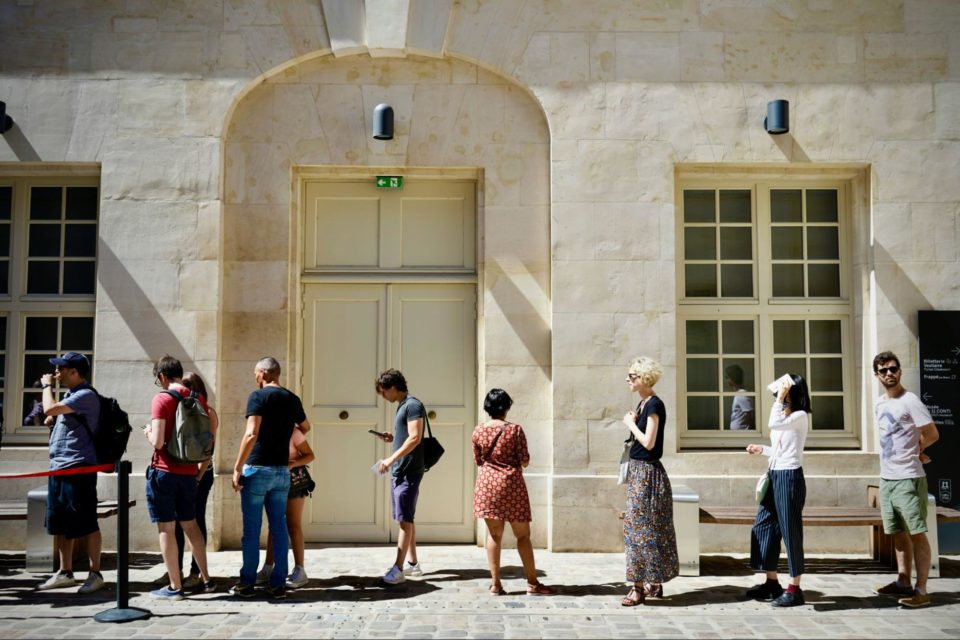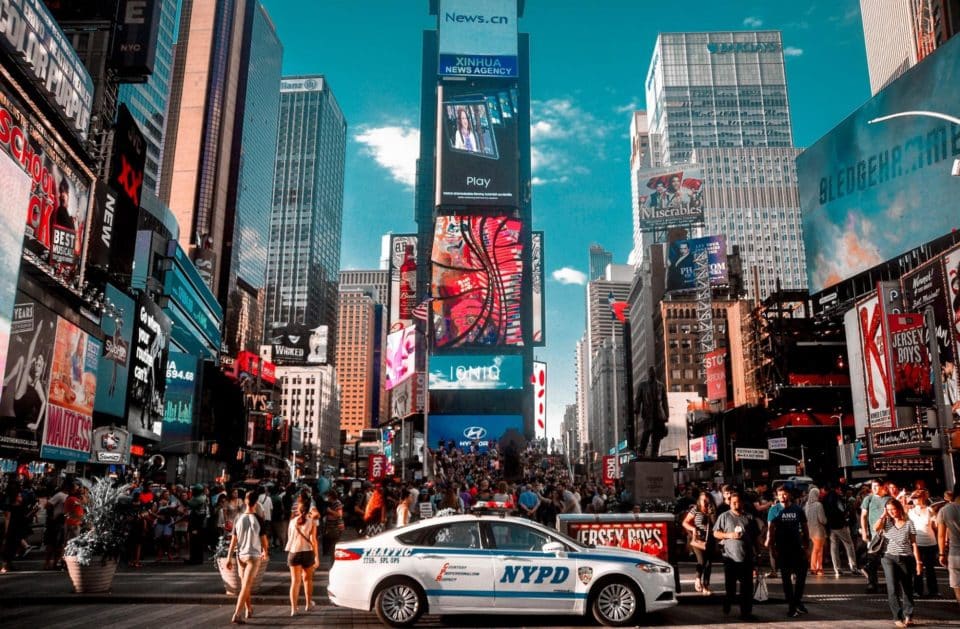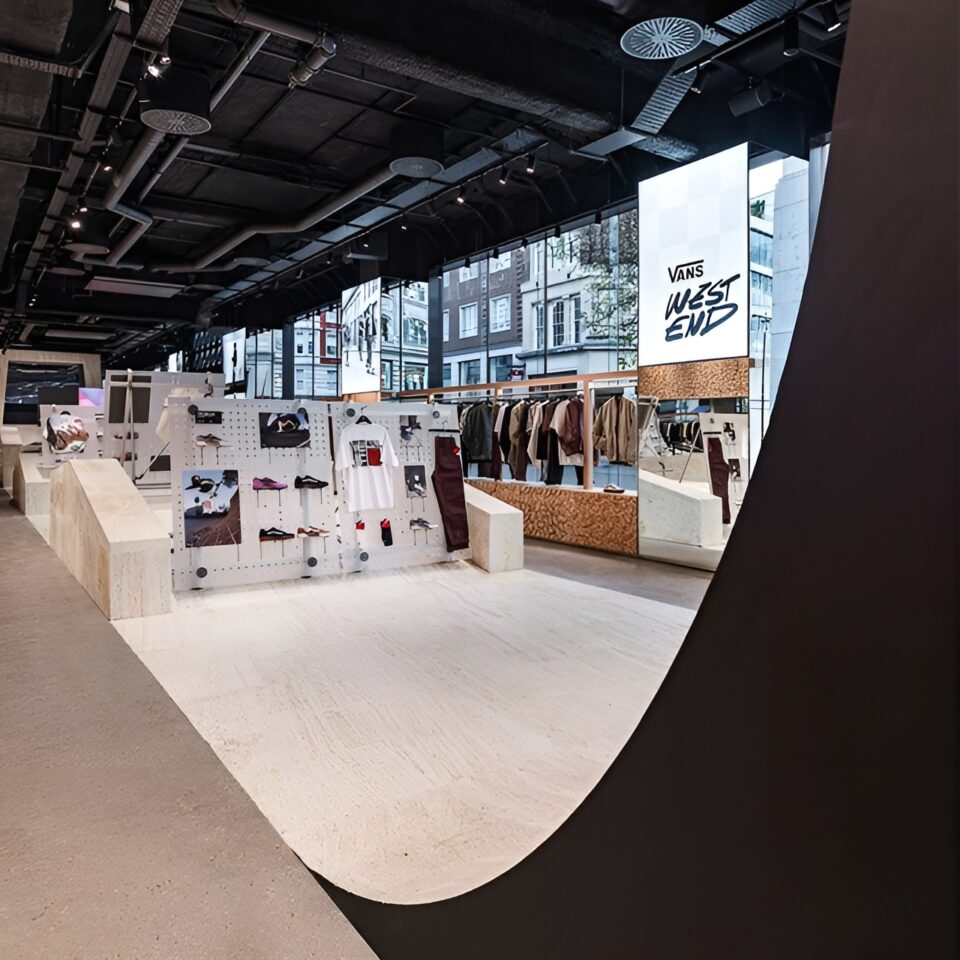Why the most important retail trend of 2021 isn’t what you’d expect

Never has a new year been so anticipated as the arrival of 2021.
Yet for many, these first weeks have felt exactly like an extension of 2020.
Of course, to expect anything else was wishful thinking.
The global pandemic, and associated impacts, weren’t going to disappear at the stroke of midnight. This continuation of the ‘new normal’ at the same time that the world is trying to return to the way things were leaves retail in a difficult position.
Forecasting for the year ahead is hard because 2021 is a year of adjustment. Life isn’t going to remain as it is today, but it’s also not going to become a perfect facsimile of what it was before 2020.
Things are going to keep changing. Getting comfortable with this is more important for retailers than any single trend.
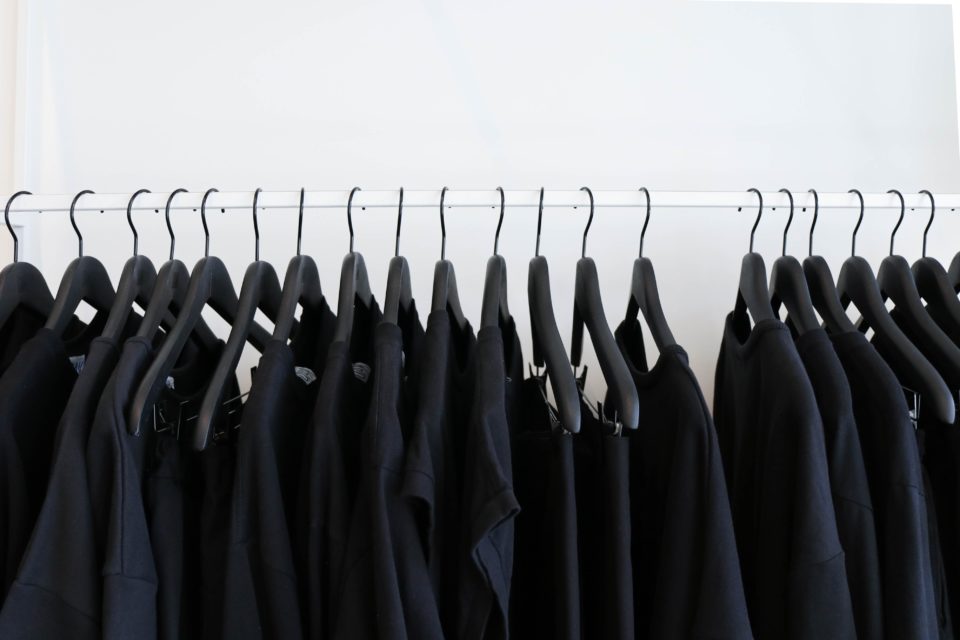
Retail isn’t built to cope with change, but it needs to be
The problem is that most retailers aren’t built to cope with change. Few are doing anything to change this.
It’s interesting that for all their talk of the future, retail businesses seem hesitant to invest in it.
The sales made yesterday mean nothing if you can’t make more in the future. And you can’t keep making sales if you don’t change along with your customers.
Many legacy department store chains are proof that you can’t live off past glories. Nostalgia is a powerful thing, but it doesn’t guarantee you’ll stay in business – only that people will briefly mourn you when you’re gone.
This is why retail needs to restructure itself with resilience and flexibility in mind in order to adapt to whatever comes next.
Disruption of the norm only seems to be speeding up as the world becomes more connected, whether it’s in the form of new innovations, lifestyle changes, new thinking, or Black Swan events like Covid-19.
It’s not a case of will something happen, but when.
While investing in the future comes with risk, the cost of preparing your business to weather disruption is far less than the cost of dealing with the fallout because you didn’t have the tools in place to succeed.

What are the big retail trends for 2021 then?
The biggest thing retailers should be concerning themselves with in 2021 is making sure their businesses are as flexible as they can be.
Resilience is another important factor.
It’s from resilience and flexibility that all of the other retail trends making an impact this year are born.
For example, the ongoing evolution of ecommerce to deliver more physical retail-like discovery and inspiration is an example of a more flexible approach to retailing.
The growth in livestreaming commerce is one of the most impactful trends for the months ahead. It was born out of retailer resilience in response to the pandemic, but it also has great applications in post-Covid retailing due to its flexible nature.
The resale sector is another major growth area for 2021 with second-hand sales shifting from marketplace apps and consumer-to-consumer selling to retailer-owned operations.
Again, those retailers that are embracing the consumer desire for resale and finding ways to incorporate it into their businesses are demonstrating resilience in the face of change.
Meanwhile, the coronavirus pandemic highlighted that those retailers with developed omnichannel operations were more resilient than those without. Those who had the flexibility to expand this into new areas like curbside collection have also come through the pandemic in a better position.
While post-pandemic retail will have an experiential edge, we see experiential retail thriving most this year in the form of the flexible developments of 2020 such as virtual queuing apps and bookable shopping appointments.
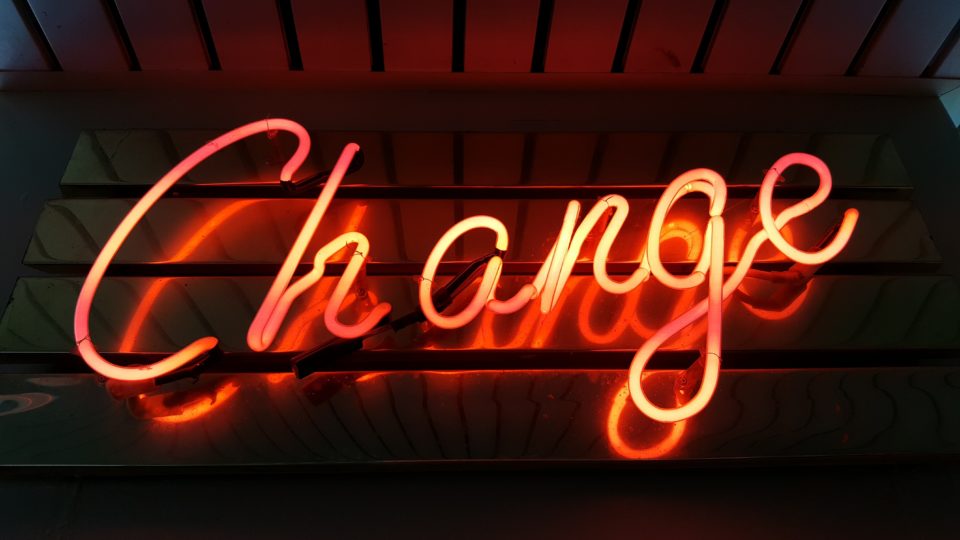
Change is the one given in 2021
Ultimately, the one thing we know about 2021 is that there’ll be a lot of change. And not all of it will be predictable.
It’s this unpredictability that means retailers need to focus on putting in place processes that allow for multiple outcomes and to quickly pivot operations when needed.
Too many retail companies maintain a fixed mindset. They can only imagine one way of doing business, one set of customer needs, one way of living.
But a retailer that is comfortable with change – that expects it – is designed to deal with it. It’s these retailers who continue to succeed – not because of a specific set of favourable circumstances but because of what they do.
Get a new perspective on retail with our brand new Modern Commerce Academy online retail course.

